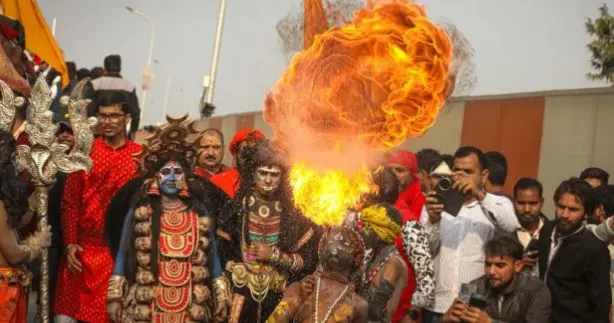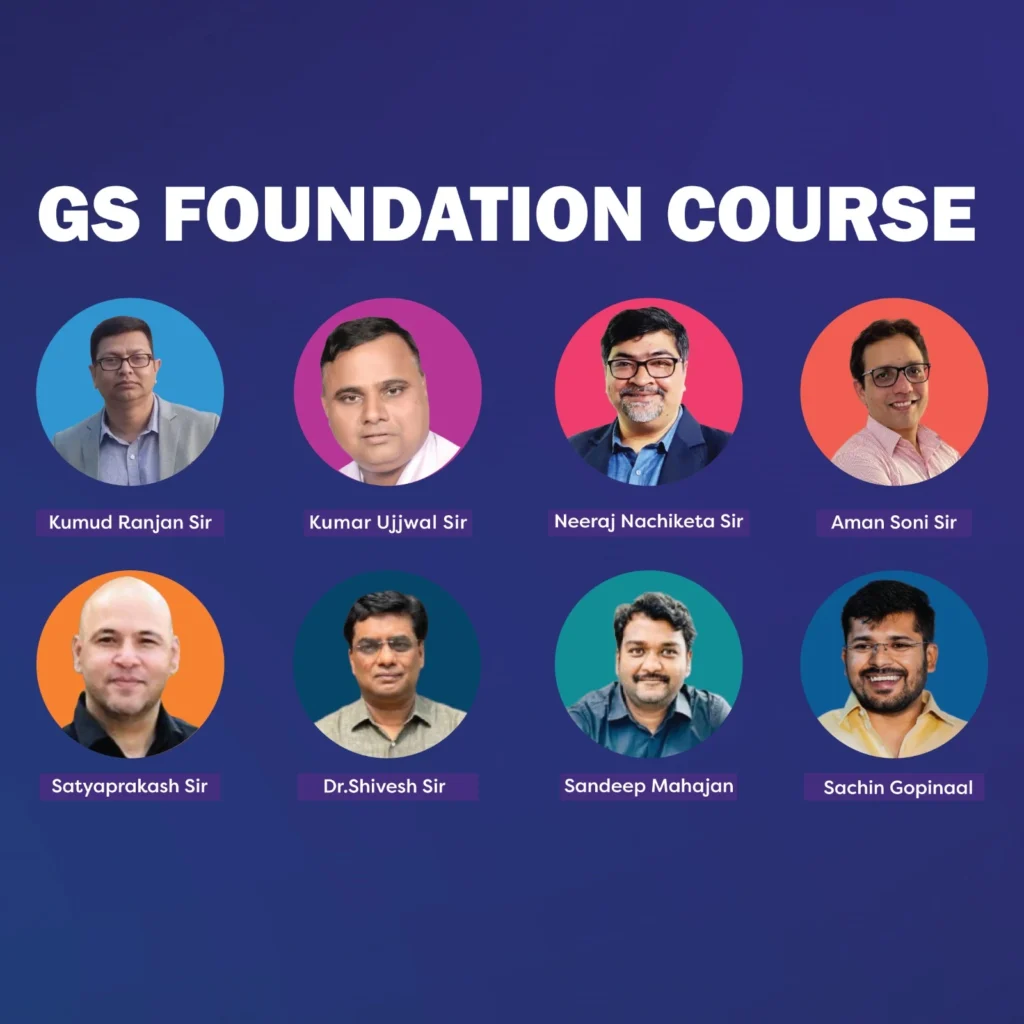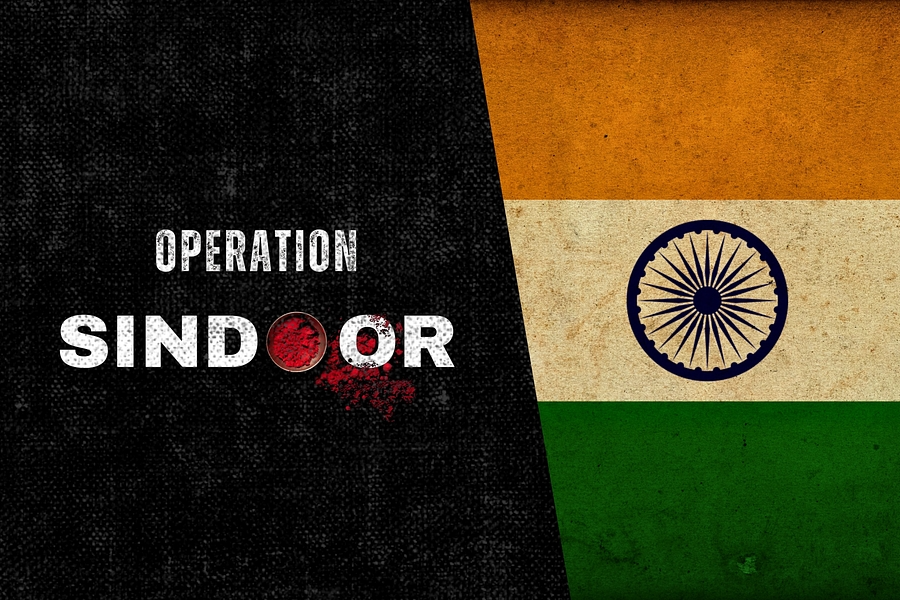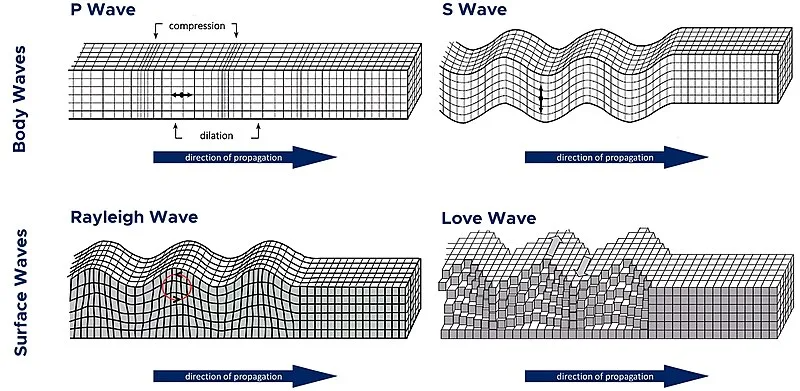Understanding Indian Festivals through Durkheim: Religion, Rituals, and Collective Conscience
Sociology Paper 1: Émile Durkheim – Religion and Society.

India is a land of vibrant and diverse festivals, where social, religious, and cultural dimensions of life intertwine to create experiences that are both communal and deeply personal. Festivals are more than mere occasions for celebration—they serve as living expressions of India’s pluralistic heritage, reflecting its historical narratives, moral philosophies, and shared cultural values. Recent celebrations like Dussehra and Diwali not only highlight the religious and ritualistic aspects of these events but also provide a unique window into the sociological significance of collective life. They reveal how communities come together to reaffirm moral codes, ethical values, and shared identities across generations.
Émile Durkheim, one of the pioneering figures of sociology, emphasized that religion is not merely a set of beliefs about the divine but a fundamental social institution that reinforces cohesion, shapes morality, and cultivates a collective consciousness. By examining contemporary Indian festivals through Durkheim’s theoretical lens, we can understand how these celebrations function to unify society, instill shared norms, and sustain the cultural and moral fabric of communities in a rapidly changing world.
Durkheim’s Theory of Religion: A Sociological Framework
Durkheim defined religion as “a unified system of beliefs and practices relative to sacred things, that is to say, things set apart and forbidden—beliefs and practices which unite into one single moral community called a Church, all those who adhere to them.” Unlike purely theological definitions, Durkheim emphasized the social function of religion, particularly its role in fostering social cohesion and reinforcing a collective conscience.
According to Émile Durkheim, religion serves as a fundamental social institution that structures human life and reinforces social order. He highlighted several key aspects:
- Sacred vs. Profane: Durkheim distinguished between the sacred, which encompasses objects, ideas, and practices set apart with special reverence, and the profane, representing ordinary, everyday life. Sacred symbols and rituals, whether they are deities, sacred texts, or ceremonial practices, evoke a sense of awe and moral obligation among believers. By engaging with the sacred, communities reinforce shared values and create social unity. For example, in festivals like Dussehra and Diwali, sacred objects such as the effigies of Ravana or the lamps (diyas) become focal points around which social and moral meanings are reinforced.
- Collective Conscience: Religion strengthens the collective conscience—a set of shared norms, values, and moral beliefs that bind society together. Participation in religious rituals helps individuals internalize these norms, aligning personal behavior with communal expectations. During Indian festivals, collective observances such as Ramlila performances or community prayers during Diwali transmit ethical lessons and social values to participants, ensuring continuity of shared moral frameworks.
- Social Cohesion: Religious rituals and gatherings bring people together, creating opportunities for communal interaction and shared experiences. The emotional intensity of collective participation fosters solidarity, reinforcing bonds among members of a community. For instance, neighborhoods coming together to light diyas, organize processions, or participate in community feasts exemplify how rituals generate a sense of belonging and mutual support.
- Moral Community: Religious practices provide a blueprint for ethical conduct and social behavior, forming a moral community. By establishing shared codes of conduct and expectations, these practices guide individual actions while embedding them within the larger social fabric. Festivals act as recurring reminders of these moral imperatives, enabling communities to collectively reaffirm their ethical commitments and cultural heritage.
Applying this framework to Indian festivals allows us to see them not merely as cultural or religious events but as instruments of social integration.
Festivals as Expressions of Religion and Sacred Symbols
Dussehra: The Triumph of Good over Evil
Dussehra, celebrated in late September or October, commemorates Lord Rama’s victory over Ravana, symbolizing the triumph of good over evil. The festival involves elaborate rituals, dramatic re-enactments of the Ramayana (Ramlila), processions, and the burning of Ravana effigies.
From a Durkheimian perspective, Dussehra provides a vivid example of how religious festivals reinforce social order, moral values, and communal solidarity:
Sacred Symbols: The central figures of Rama and Ravana serve as powerful sacred symbols representing the fundamental moral dichotomy of good versus evil. Rama embodies dharma (righteousness, virtue, and adherence to societal norms), while Ravana represents adharma (evil, chaos, and moral transgression). The ritual of burning Ravana effigies during Dussehra is not merely symbolic entertainment; it is a ritual enactment of societal values, dramatizing the triumph of order, morality, and justice over chaos and immorality. Through this act, the community collectively reaffirms its commitment to ethical standards.
Ritual Participation: Large-scale Ramlilas (dramatic enactments of the Ramayana) and processions bring together participants across caste, class, and gender boundaries. This shared participation generates collective effervescence, a concept Durkheim used to describe the heightened emotional energy and sense of unity experienced during communal rituals. The enthusiasm, cheers, and engagement of participants reinforce social bonds, creating a palpable sense of belonging and shared purpose.
Collective Conscience: The stories and moral lessons internalized during Dussehra remind individuals of their moral obligations and social responsibilities. By engaging with the festival’s narratives, participants absorb ethical teachings about justice, duty, and righteousness, which extend beyond the festival period. In this way, Dussehra cultivates a collective moral vision that guides personal behavior and societal expectations.
Social Cohesion: Beyond its symbolic and moral functions, Dussehra serves as a crucial mechanism for social integration. Communal gatherings, whether in urban or rural settings, foster cooperation, mutual support, and shared identity. In rural India, where Ramlila often becomes a central social event, the festival also provides a platform for resolving disputes, reinforcing community ties, and strengthening local networks. Through these interactions, Dussehra exemplifies Durkheim’s notion that religion and ritual are central to sustaining social cohesion and solidarity.
Diwali: Light over Darkness, Knowledge over Ignorance
Diwali, the festival of lights, celebrated in October–November, marks Lord Rama’s return to Ayodhya after defeating Ravana and the victory of light over darkness. It involves lighting lamps (diyas), bursting fireworks, exchanging gifts, and performing Lakshmi Puja.
A Durkheimian analysis of Diwali highlights how this festival reinforces social cohesion, moral values, and collective consciousness:
- Sacred Objects and Rituals: The lighting of lamps (diyas), bursting of fireworks, and worship of deities such as Lakshmi serve as sacred symbols that distinguish the festival from ordinary, everyday life. According to Durkheim’s sacred–profane distinction, these objects are set apart and imbued with special meaning. Lighting diyas symbolizes purity, spiritual enlightenment, and the triumph of knowledge over ignorance, while also invoking prosperity and divine blessings. These sacred symbols guide participants in reflecting on moral principles and the ethical dimensions of their lives.
- Rituals as Social Glue: Diwali rituals foster collective participation, whether through performing pujas at home, decorating streets and neighborhoods, or participating in community feasts and cultural events. These shared activities generate collective effervescence, creating heightened emotional energy and a sense of belonging. The festival acts as a social glue, reinforcing bonds among family members, neighbors, and broader community networks.
- Reinforcing Collective Conscience: Beyond celebration, Diwali transmits and reinforces moral and ethical norms. Themes such as truth, honesty, familial duty, and prosperity through ethical means are embedded in rituals and stories associated with the festival. By engaging in these practices, individuals internalize social expectations and reaffirm their commitment to the shared moral codes of their community, extending these values into daily life.
- Integration Across Society: Diwali transcends its religious significance to foster social integration. The festival encourages interaction across generations, strengthens kinship ties, and enhances neighborhood solidarity. In urban areas, people engage in collective celebrations, while in rural settings, local events bring communities together. This interaction cultivates a sense of unity, shared identity, and mutual responsibility, demonstrating Durkheim’s idea that religion and ritual are essential mechanisms for maintaining social cohesion.
Festivals and Collective Effervescence
Durkheim introduced the concept of collective effervescence to describe the heightened energy, emotional intensity, and sense of unity experienced when individuals participate in group rituals. Festivals like Dussehra and Diwali are classic examples of this phenomenon:
During Ramlila performances as part of Dussehra celebrations, the audience becomes fully immersed in the dramatic enactment of the Ramayana. The crowd experiences synchronized excitement, collective cheering, and emotional involvement, responding together to the triumphs and trials of the characters. This shared emotional engagement strengthens social bonds, fosters a sense of unity among participants, and reinforces communal moral values, as the narrative highlights the victory of righteousness over evil.
Similarly, during Diwali celebrations, neighborhoods come alive with collective activity. Residents decorate streets, illuminate homes with lamps (diyas), and exchange greetings and gifts, participating in rituals that extend beyond the family to the larger community. These shared activities create a profound sense of belonging and collective identity, as individuals feel connected to their neighbors and the wider social group.
In both cases, collective effervescence transforms individual experiences into communal celebrations of shared cultural, ethical, and moral codes. Participants are not only enjoying the festival but also internalizing societal norms and values, reinforcing their place within the social fabric. The intense emotional energy generated during these rituals strengthens social cohesion, ensuring that the moral lessons and communal solidarity emphasized during the festivals continue to influence behavior long after the celebrations have ended.
This heightened collective emotional experience strengthens societal cohesion, encouraging individuals to internalize community norms and moral expectations.
Social Functions of Festivals
Durkheim argued that religion and its rituals serve essential social functions. Indian festivals perform these functions in multiple ways:
- Moral Education: Through myths, legends, and rituals, festivals teach ethical principles and moral duties. For example, Dussehra conveys that justice prevails and ethical behavior is rewarded, while Diwali emphasizes integrity, gratitude, and family responsibility.
- Social Solidarity: Festivals bring together diverse social groups, transcending caste, class, and age divisions. Shared participation fosters unity, cooperation, and social trust.
- Ritual Reinforcement: Recurring festivals create temporal rhythms that structure communal life. They provide opportunities to reaffirm relationships, resolve conflicts, and reinforce social norms.
- Cultural Continuity: Festivals preserve and transmit cultural heritage, myths, and religious traditions, linking present generations with the past.
Emotional Catharsis: Collective rituals provide emotional release and psychological relief, allowing communities to cope with stress, uncertainty, or social tension.
Contemporary Relevance: Festivals in Modern India
In contemporary India, festivals continue to serve as vital mechanisms for social cohesion and cultural continuity, even amidst urbanization and technological change:
- Urban Integration: In cities, where fast-paced lifestyles can fragment community life, festivals act as anchors of cultural continuity. Public celebrations, neighborhood decorations, and community events allow urban residents to come together, reinforcing local identity and social bonds. Festivals like Diwali and Dussehra provide structured opportunities for interaction, fostering trust, cooperation, and a sense of belonging among neighbors who might otherwise lead largely disconnected lives.
- Digital Participation: The rise of social media and digital platforms has transformed how festivals are experienced, enabling virtual participation that transcends geographical boundaries. Through online greetings, live-streamed rituals, and community discussions, individuals can engage in shared celebrations even when physically apart. These digital interactions create spaces for collective effervescence, reinforcing shared values and collective conscience in novel, technology-mediated ways.
- Economic and Social Networking: Festivals also contribute to social and economic integration. Local markets, fairs, cultural programs, and charity events not only support economic activity but also bring communities together, linking cultural practices with broader societal structures. Through these interactions, festivals facilitate networking, cooperation, and mutual support, highlighting the interconnection between cultural life and social organization.
- Intergenerational Transmission: Festivals provide a vital platform for transmitting cultural knowledge, social norms, and moral values across generations. Elders use these occasions to teach younger members about ethical principles, communal responsibilities, and historical narratives embedded in religious stories. This process ensures the continuity of the collective conscience, embedding shared cultural and moral frameworks within the social fabric and strengthening societal cohesion over time.
Through these contemporary dimensions, festivals like Dussehra and Diwali continue to function as dynamic social institutions, adapting to modern contexts while preserving their core roles in promoting unity, moral guidance, and collective identity.
Critiques and Limitations
While Durkheim’s framework illuminates the social functions of festivals, some critiques are worth noting:
- Secularization: In modern urban settings, festivals often undergo a process of secularization, where religious and moral meanings may become overshadowed by commercialization and entertainment. For instance, Diwali and Dussehra increasingly involve shopping sprees, lavish parties, and media-driven spectacles, which can dilute their original sacred significance. The focus may shift from ethical teachings, spiritual reflection, and communal rituals to consumerism and leisure, reducing the capacity of festivals to reinforce collective conscience and moral education.
- Exclusion: Despite their aim of fostering unity, festivals do not always achieve full inclusivity. Social hierarchies based on caste, class, gender, or economic status can limit participation for marginalized groups. Certain rituals or community celebrations may be inaccessible to those outside dominant social groups, highlighting the persistence of inequality even within ostensibly unifying events. This exclusion challenges the Durkheimian ideal of festivals as instruments of universal social cohesion.
- Changing Symbolism: As festivals evolve over time, the original sacred symbols and ethical narratives may lose their intended significance. For example, while the burning of Ravana effigies in Dussehra originally symbolized the triumph of dharma over adharma, contemporary celebrations sometimes emphasize spectacle and entertainment over moral reflection. Similarly, Diwali’s emphasis on light and virtue may be overshadowed by decorative trends, commercial gifts, and fireworks displays. Such shifts illustrate how cultural practices can transform, sometimes prioritizing leisure or aesthetic appeal over their traditional moral and religious functions.
Nevertheless, even in secularized contexts, festivals continue to perform social integration functions, providing platforms for collective identity formation and moral reinforcement.
Conclusion
Recent celebrations like Dussehra and Diwali exemplify Émile Durkheim’s theory of religion in practice. Far from being merely cultural or religious spectacles, these festivals function as mechanisms for reinforcing collective conscience, fostering social cohesion, and transmitting moral and ethical values across generations. Through sacred symbols, communal rituals, and collective effervescence, festivals integrate individuals into a moral community, preserving both cultural and social continuity.
In an increasingly complex and fragmented society, festivals serve as vital anchors, reminding individuals that they are part of a broader social fabric. Durkheim’s insights reveal that religion and ritual—manifested through Indian festivals—are not relics of the past but dynamic processes that sustain social solidarity, moral education, and cultural continuity. Understanding festivals through this sociological lens enables us to appreciate their enduring relevance, not only as religious observances but as essential instruments for nurturing collective life and reinforcing the shared values that hold society together.


Non-Positivist Methodologies in Social Research
Home / Non-Positivist Methodologies in Social Research Shift from Positivism to Non-Positivism As sociologists recognized that social realities cannot be
UPSC Current Affairs – December 3
December 03rd Current Affairs Home / Table of Contents Govt ready to talk about electoral reforms in Parliament, but not
Fact, Value and Objectivity
Home / Fact, Value and Objectivity What is a Fact? A fact is an empirically verifiable observation—something that can be
UPSC Current Affairs – December 2
December 02nd Current Affairs Home / Table of Contents Bioterrorism a serious threat, world not ready: S. Jaishankar Relevance to
Positivism and its Critique
Home / Positivism and its Critique What is Positivism? Positivism is the idea that human behaviour can be studied using
UPSC Current Affairs – December 1st
December 01st Current Affairs Home / Table of Contents Sri Lanka declares state of emergency after floods and mudslides Relevance
Major Theoretical Strands of Research Methodology
Home / Major Theoretical Strands of Research Methodology Research methodology is a broad term that encompasses the entire research process
UPSC Current Affairs – November 25
November 25th Current Affairs Home / Table of Contents Woman from Arunachal Pradesh stopped at China airport; India issues strong
UPSC Current Affairs – November 24
November 24th Current Affairs Home / Table of Contents Justice Surya Kant sworn in as 53rd Chief Justice of India
UPSC Current Affairs – November 21
November 21st Current Affairs Home / Table of Contents What is Cloudflare, and why did half the internet go down




